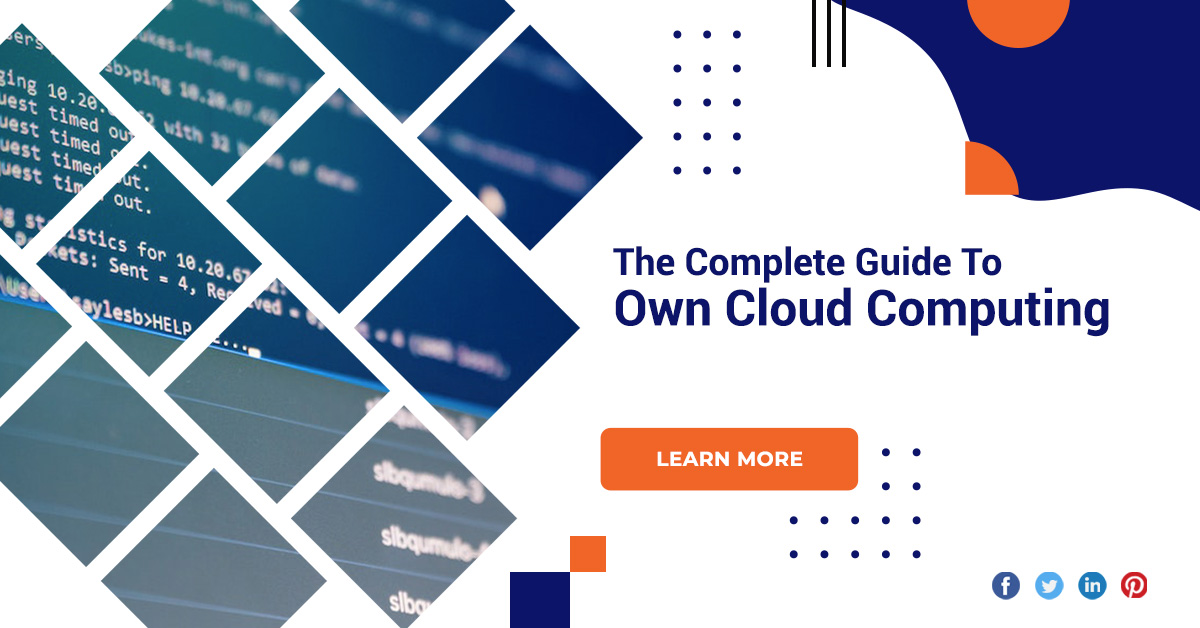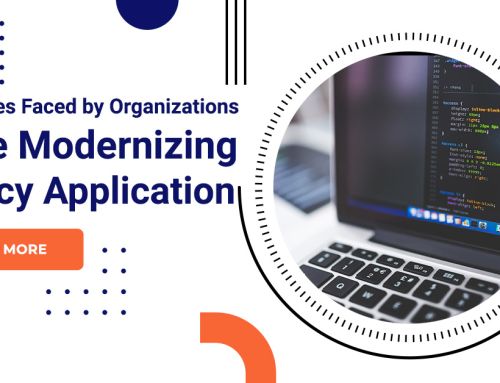The Complete Guide To Own Cloud Computing
In cloud computing today’s dynamic and digitally-driven marketplace, the success of any retail business hinges on its ability to adapt and innovate. Retail business apps have emerged as invaluable tools, offering a myriad of features that can revolutionize the way retailers operate. From enhancing customer experiences and streamlining inventory management to boosting sales and harnessing the power of data analytics, these apps have become indispensable assets for modern retailers.
Cloud computing
How does cloud computing work?
Cloud computing is a technology that enables users to access and utilize computing resources, such as servers, storage, databases, networking, and software, over the internet. Instead of relying on local hardware and software, users can tap into a vast network of remote servers hosted in data centers. These servers are managed by cloud service providers, like Amazon Web Services (AWS), Microsoft Azure, or Google Cloud Platform, who handle the infrastructure maintenance, scalability, and security.

Leading cloud computing providers
The leading cloud computing providers were Amazon Web Services (AWS), Microsoft Azure, and Google Cloud Platform (GCP). AWS had a significant market share and a wide range of services, making it a popular choice for businesses of all sizes. Microsoft Azure was renowned for its integration with Microsoft’s software products and services, attracting enterprises looking for a seamless cloud transition.
Cloud examples and use cases
Cloud computing is a technology that allows businesses and individuals to access and utilize a wide range of computing resources, such as servers, storage, databases, networking, and software, over the internet. One common use case is in scalable and cost-effective web hosting, where websites and web applications are hosted in the cloud, allowing them to easily adapt to varying levels of traffic without the need for significant upfront infrastructure investments.
Why the Cloud is growing in popularity?
The cloud is experiencing a surge in popularity due to its numerous advantages that cater to the evolving needs of businesses and individuals alike. One key factor is its scalability, allowing organizations to easily expand or contract their computing resources as needed, saving both time and money. Additionally, the cloud offers enhanced accessibility, enabling users to access their data and applications from virtually anywhere with an internet connection.
Flexibility
Flexibility is a key attribute that enables individuals, organizations, and societies to adapt and thrive in an ever-changing world. It encompasses the ability to respond to challenges and opportunities with agility, open-mindedness, and adaptability. In personal development, it means being open to new ideas, learning from experiences, and adjusting one’s course when necessary.
Cloud vs local software
Cloud software, also known as Software as a Service (SaaS), offers the advantage of accessibility and scalability. Users can access cloud-based applications from any internet-connected device, making it convenient for remote work and collaboration.
Cloud computing architecture
Cloud computing architecture refers to the structural design and organization of cloud computing systems, which deliver on-demand access to a shared pool of computing resources over the internet. This architecture typically consists of multiple layers, including the physical infrastructure layer (data centers and servers), the virtualization and resource allocation layer (hypervisors and orchestration tools), the platform and services layer (such as Infrastructure as a Service, Platform as a Service, and Software as a Service), and the application layer where end-users interact with cloud-hosted services and data.
IAAS
IaaS is a cloud computing model that provides businesses and individuals with virtualized computing resources over the internet. In an IaaS environment, users can access and manage fundamental IT infrastructure components, such as virtual machines, storage, and networking, without the need to invest in and maintain physical hardware.
Leading cloud computing providers
AWS, a subsidiary of Amazon, held a dominant position in the market, offering a wide range of cloud services and infrastructure. Microsoft Azure, powered by Microsoft’s global presence, provided an extensive suite of services, especially appealing to enterprises already using Microsoft products.
Private clouds
Private clouds are a type of cloud computing infrastructure that is exclusively dedicated to a single organization, whether it be a business or a government entity. Unlike public clouds that are owned and operated by third-party service providers and shared among multiple users, private clouds are hosted on an organization’s own hardware or within a secure data center.
Hybrid clouds
Hybrid clouds represent a strategic approach to cloud computing that combines the benefits of both public and private cloud environments. In a hybrid cloud setup, organizations can seamlessly integrate on-premises infrastructure with cloud services, allowing for greater flexibility and scalability.

Cloud migration strategy
A well-executed cloud migration strategy is essential for organizations looking to harness the benefits of cloud computing. This strategic approach involves a careful assessment of existing infrastructure, applications, and data to determine what should be migrated to the cloud, what should remain on-premises, and how to optimize the overall architecture for scalability, security, and cost-efficiency.
Conclusion
While the benefits of migrating to the cloud are well documented, it should be a carefully considered decision and a robust strategy should be in place before taking the leap. Free trials are available from leading public cloud providers as well as managed private cloud services.







